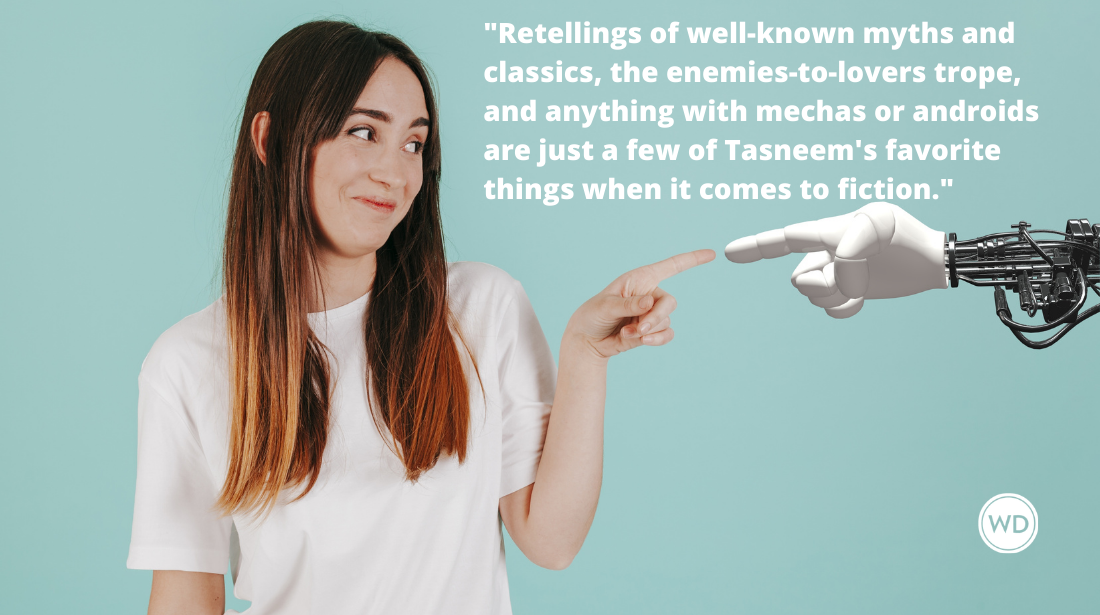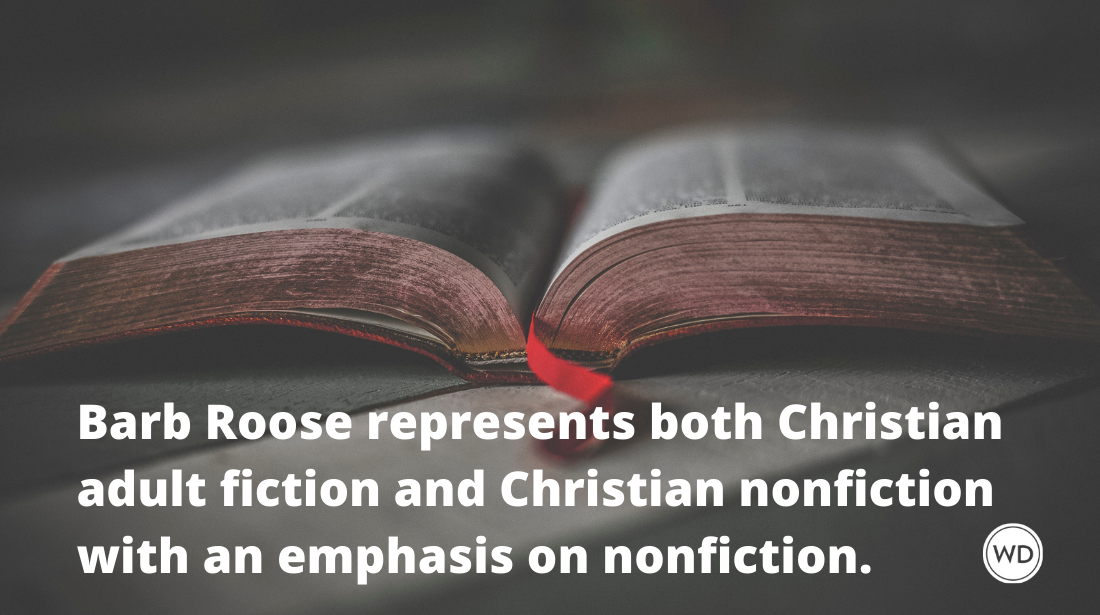How to Plan a Great Book Reading: 5 Tips
Short story author Michael Nye (STRATEGIES AGAINST EXTINCTION) advises writers on how to promote their books using a professional book reading in public.
1. Be professional. I’ve gone to readings where the writer is late. I’ve gone to readings where the writer insults the audience’s intelligence. I’ve gone to readings where the writer pulls papers out of his jacket, smoothes them on the stand, and then starts reading aloud with his head down for thirty five minutes straight. All of this is, of course, awful. While no one needs to give a reading in a tuxedo, showing up in neat clothes, fully caffeinated and attentive, pleased to be there, is really crucial. The audience is there as much for the author as they are there for the book. Shy or not, readings a bit of a show. You’re the host, and you want people to have a good time. Act accordingly.
Order a copy of Michael Nye's Strategies Against Extinction today.
Amazon
[WD uses affiliate links.]
2. Say Thank You. I’m dumbfounded at how often the author doesn’t even say a token “thank you for coming.” To be honest, I’ve been up on stage, incredibly nervous, and probably have forgotten this step too. But after doing a few readings the last six months, I’ve come to realize how important it is to give genuine thanks. The bookstore, or theater, or pub, or wherever you might be, provided time and space for you. They very often do so much more: promotion, advertising, enthusiasm, setup and tear down, handle sales, and so much more. The staff deserves recognition. And so too does the audience! There are a hundred other things that all the listeners might have been doing with their evening, but they made the choice to hang out with you. Appreciate that. Tell them. It really only takes a good thirty seconds to show gratitude to your readership.
3. Practice. Ever listened to someone stumble over their own book? Yeah, not fun. Believe me, I know: I’ve stumbled over my own stories, which only heightens my embarrassment and makes it harder to read smooth and confident. Writers are often introverted by nature---why else would we spend our time putting the images and characters in our minds down on paper---so getting before a crowd of people isn’t it easy. So, run through it a few times. Read aloud to your partner, or a writing friend. Or even your dog (Dogs like attention). You might find there are sentences you can skip or cross out, that there are certain clauses in your work that will trip up your tongue. Knowing that these challenging passages are coming, and that you’re ready for them, will make your reading go smoother, and the story as captivating as it should be heard.
4. Respect the Time. I’ve been to readings that felt interminable, and the only person who doesn’t feel all the air and enthusiasm leave the room is the author droning away on stage. Most organizers will tell the author in advance how long to read for and whether or not to expect to answer questions from the audience. If you practice your reading beforehand, you should time it. Have passages marked in your book that read for ten minutes, fifteen minutes, or thirty minutes, and that create a sense of closure or intrigue that will leave the audience satisfied (and eager to buy your book!). And when in doubt? Read less, not more.
5. How Do You Spell That? People have weird names. This is a good thing! But after your reading, when you’re seated at a table and signing copies of your book, it’s probably a good idea to know if you’re signing your book to “Ann” or “Anne”. So ask! It’s never safe to assume you know how to spell a person’s name, and it creates a little engagement and conversation between you and your reader. Connection matters. Personalization matters. And, frankly, at the end of a reading, you’ll be more tired than you realize: you might hear “My name is Elizabeth. I really enjoyed your reading!” as “The mind is elastic, I rally the educated minderasers” which will naturally make you scrunch up your face and say “Um, I’m not really into cults...” Don’t do that! Focus on the person in front of you by engaging with them. It’s a small gesture that goes a long way.
Michael Nye is the author of STRATEGIES AGAINST EXTINCTION (Queen’s Ferry Press, 2012), a collection of short stories. His work has appeared or is forthcoming in Boulevard, Cincinnati Review, Kenyon Review, and New South, among many others. He is the managing editor of The Missouri Review. Visit him online at www.mpnye.com.






